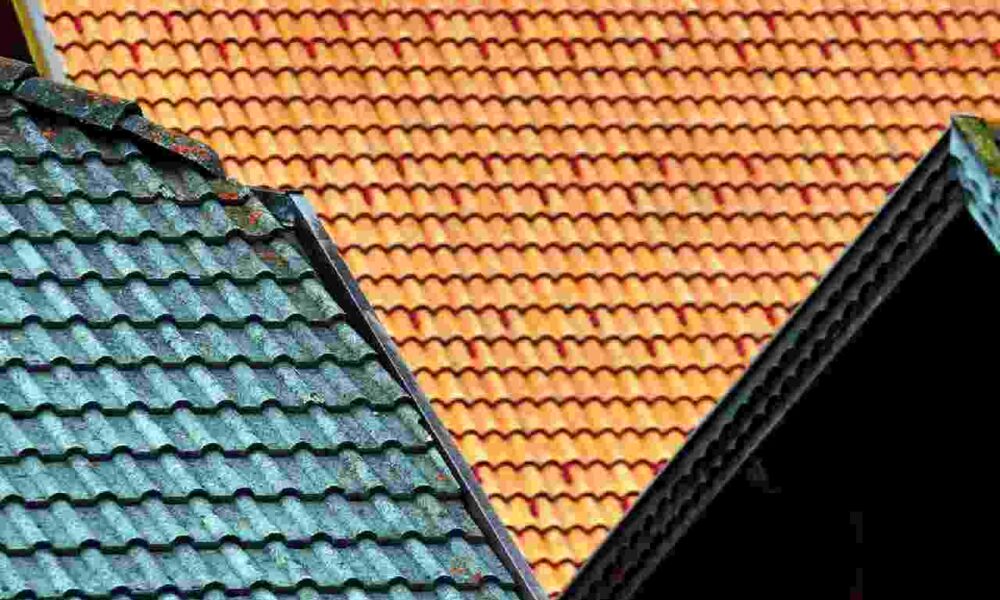When it comes to selecting ideal flat roofing materials, understanding your options is crucial for both aesthetics and functionality. Flat roofs not only offer a modern look but also provide various uses, from rooftop gardens to additional living spaces. Selecting the right roofing material for a flat roof can be a daunting task, especially with the multitude of options available. It’s essential to consider the specific needs of your building while keeping in mind the different roofing materials.
Whether you’re a homeowner looking to renovate or a builder searching for the best solution, it’s essential to identify the best flat roofing types that meet specific needs. This guide will illuminate the key features of popular flat roofing materials. Don’t miss out on protecting your investment-read on to discover which roofing material suits your needs best!
TPO Roofing
TPO stands for Thermoplastic Olefin. This material is light and easy to install. One of the biggest benefits of TPO is its energy efficiency. It reflects sunlight well, which helps to keep buildings cool. This can save money on energy bills. TPO is also resistant to bacteria and dirt, making it easier to maintain.
EPDM Roofing
EPDM stands for Ethylene Propylene Diene Monomer. This is a type of rubber roofing. Many people like EPDM because it is very strong and can last for many years. It is also easy to repair if it gets a tear. EPDM is flexible, which means it can handle changes in temperature well.
But there are some downsides. EPDM can absorb heat, which may not be good in hot climates. It may also be prone to punctures from sharp objects like branches or debris.
PVC Roofing
PVC stands for Polyvinyl Chloride. This is another popular choice for flat roofs. PVC roofing is known for its strength and durability. It is resistant to chemicals and fire. This makes it a good choice for buildings that may be exposed to harsh conditions.
On the downside, PVC can be more expensive than other options. The installation process can also be tricky and may require a professional. If not installed correctly, it could lead to problems later.
For further insights and expert guidance on flat roofing solutions, consider visiting https://44roofing.com. This website offers valuable resources to help you navigate the complexities of roofing materials, ensuring you make the most informed decisions for your flat roof needs.
Modified Bitumen
Modified bitumen is a durable roofing option. It is made of asphalt, which gives it strong protection against water. This material is often used in residential buildings. One of the best things about modified bitumen is its ease of installation. It can be applied in different ways, including torching it down or using cold adhesives.
However, modified bitumen has some weaknesses too. It can become brittle over time, especially in cold weather. This may lead to cracks which can cause leaks.
Weighing the Pros and Cons of Various Flat Roofing Materials
When choosing flat roofing materials, it is essential to weigh the pros and cons. TPO offers energy efficiency but lacks durability. EPDM is strong but can get hot. PVC provides great strength but at a higher cost. Modified bitumen is easy to install but may crack over time.
Consider the climate, budget, and needs of the building before making a decision. Each option has something valuable to offer and understanding these choices will help in making the best decision for a flat roof.
For more on this content, visit the rest of our blog!
